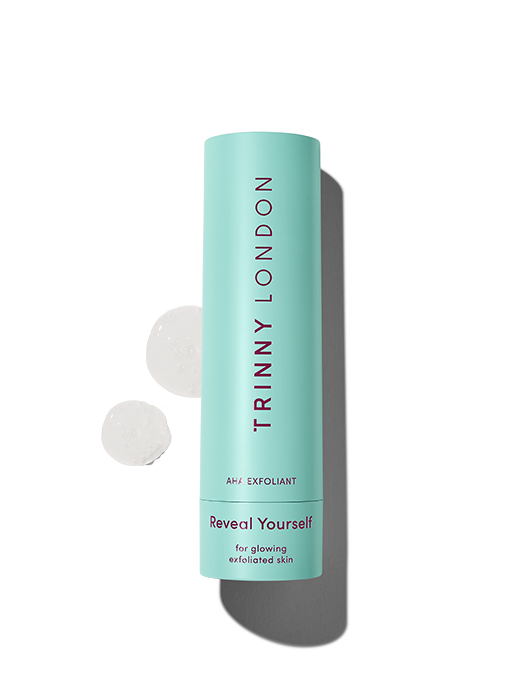

Reveal Yourself
Highly active exfoliant for glowing skin, suitable for all skin types except sensitive
Get a free Tiptoe In Mini Exfoliator when you spend $185*

Differentiating between the different types of hyperpigmentation can be tricky, especially to the untrained eye. Age spots are generally larger than a freckle, lie flat to the skin and are smooth in texture. Their colour can vary from biscuit to black depending on your skin tone, but their defining feature is that they’re darker than the rest of your skin – making them stand out. Age spots are most commonly found on your face, chest and hands.
Age spots are completely harmless, but it is still worth keeping a close eye on them to ensure they don’t increase in size or change in appearance or texture. If you are in doubt as to whether the mark on your skin is an age spot or something more sinister, like skin cancer, seek the advice of your doctor.
Sitting deep beneath the parts of our skin we can see are melanocytes, specialist cells that produce melanin (the pigment that gives our skin and hair its colour). Everyone, even the very fair, has melanin in their skin.
When we are exposed to UV rays from the sun, our skin makes more melanin in order to protect itself, which is why we develop a tan. But, continued UV exposure over a prolonged period of time can cause the skin’s melanocytes to work in overdrive, creating far more melanin than is necessary. Think of it as adding more and more fuel to an already burning fire. Over time, this excess melanin will rise to the surface, showing in the form of age spots.
Picture it like this. If your melanocytes were a fully functioning pipe, they would be working merrily to do their job beneath the surface. If a section of the pipe develops a leak, or bursts, as a result of a long-term build up of pressure, the water would sprout out, in the same way over-exposed skin creates too much melanin. On the flipside, chronic UV exposure can sometimes also cause the melanocytes to under fire, resulting in small, lighter areas on the skin.
Age spots can occur at any age but most people find they tend to rear their head around the age of 40 and beyond. One possible reason for this is that by this age, most people have subjected their skin to a high level of UV exposure, which results in sun damage to the skin. It can also be attributed to the menopause, as depleting oestrogen levels mean skin is less able to defend itself.
“Oestrogens have important antioxidant properties, protecting against free radical damage that we might see after exposure to UV or pollution,” says consultant dermatologist Dr Justine Hextall. “Menopausal skin is, therefore, more prone to damage from external aggressors, making it even more important to protect the skin.”
The secret to keeping age spots at bay? Three little letters: SPF. A non-negotiable part of your skincare routine, we should all be wearing (and regularly re-applying) a broad spectrum sunscreen everyday to shield skin from UVA and UVB rays. This is an all-year-round requirement, as UVA rays in particular can penetrate through clouds.
“To protect against pigmentary changes I recommend a high factor sun cream that protects against UVB and UVA exposure,” explains Dr Hextall. “Look for those that also protect against longer wavelengths and visible light.” It’s also a smart idea to take practical measures too, such as wearing a wide-brimmed hat and seeking shade between ten and two o’clock, when the sun is at its hottest and most powerful.
If you want to take prevention one step further (it is, as the saying goes, always better than cure) invest in a serum rich in antioxidants, like vitamin C. “Vitamin C is excellent at protecting against the damage from UV exposure as well as suppressing enzymes that facilitate the production of skin pigment melanin.” For best results, layer your antioxidant serum beneath your SPF during the day. It’s the skincare equivalent of wearing a waterproof coat and carrying an umbrella, striving to give your skin the best protection.
Your first port of call when trying to shift stubborn sun spots is topical treatments. Ingredients such as vitamin C, kojic acid and alpha arbutin are part of a family called tyrosinase inhibitors which suppress and fade pigmentation for a brighter, more even complexion. AHAs and retinoids have a role to play too, as both speed up the rate at which dead skin cells leave the surface of our complexions, revealing the un-marked skin beneath.
If you’re finding that continued, committed use of cosmetic products isn’t delivering the results you hoped for, you can consider upping the ante with medical-grade treatments. Things like chemical peels, microneedling and LED therapy can all be used in clinic for the treatment of age spots.
“Look for in-clinic treatments such as peels, micro-needling with mesotherapy (topical antioxidants and skin brightening serums) and photo-fractional laser,” advises Dr Hextall. “In darker skin tones it is important to consider suppressing the pigmentation process before commencing clinic treatments to reduce the risk of post-procedure pigmentation.”
If you’re undergoing any type of treatment for pigmentation you’ll need to make sure you’re taking your SPF even more seriously afterwards. It can make the chance of new hyperpigmentation forming even higher, and can easily undo all your good work.
Shop the article


Highly active exfoliant for glowing skin, suitable for all skin types except sensitive

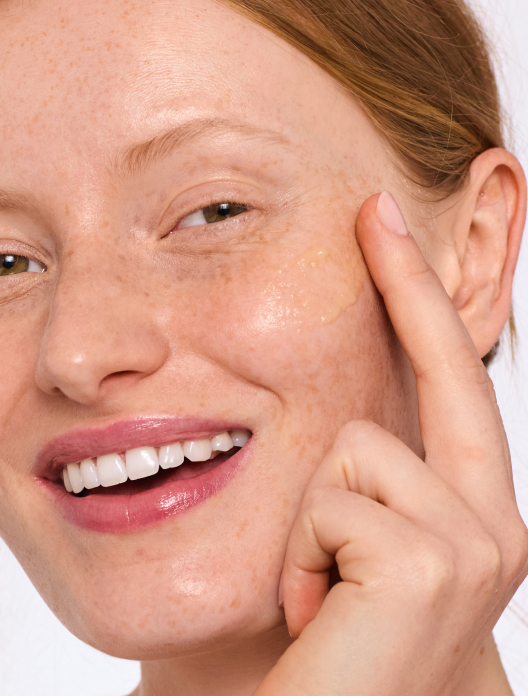
30% vitamin C serum for visibly brighter, glowing skin, suitable for highly experienced skincare users (not for sensitive skin)
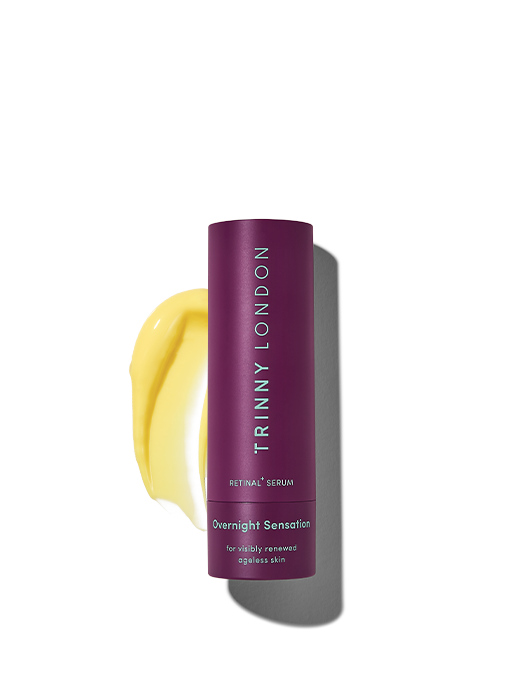

High-dose retinal serum for renewed, smooth skin, suitable for all skin types
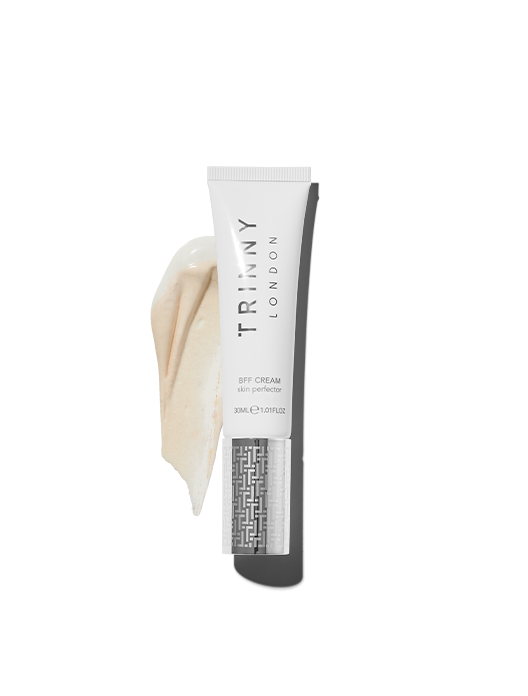


 5 shades
5 shades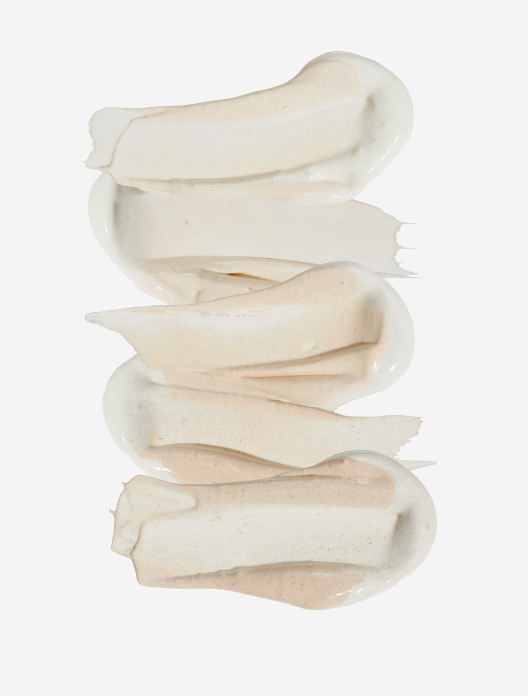
Read, watch and be inspired...